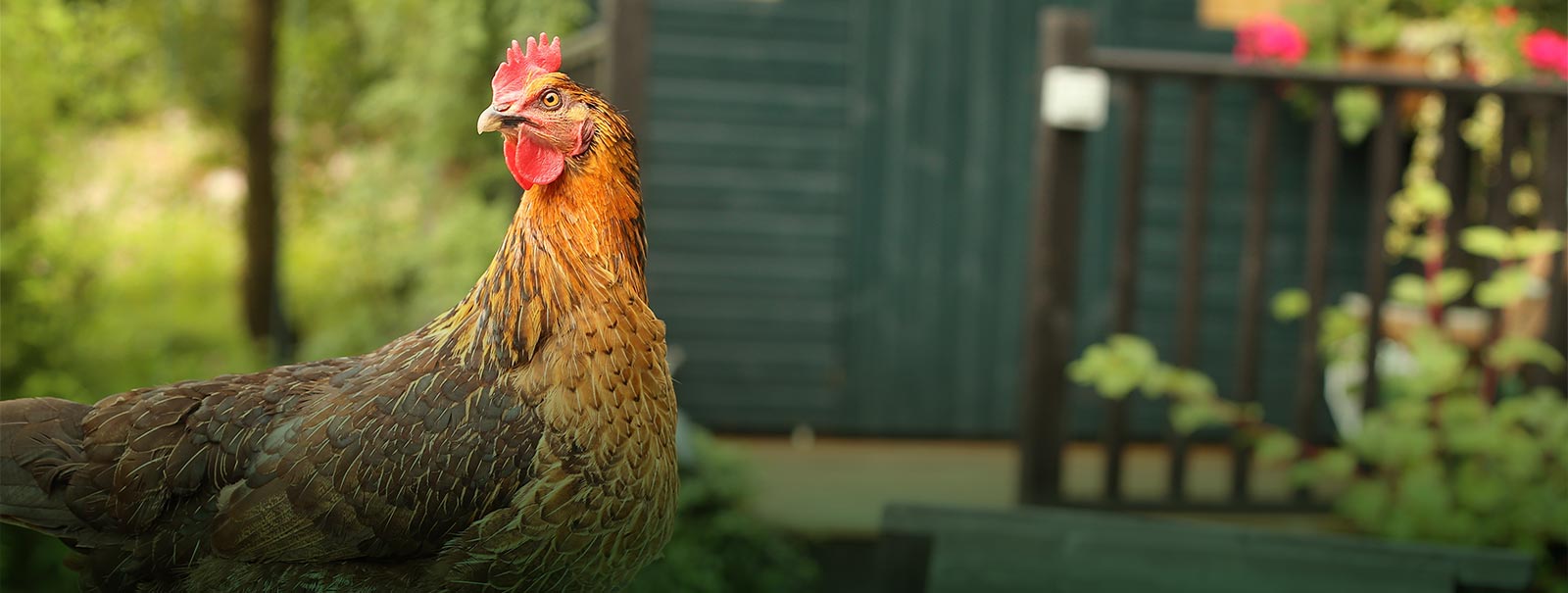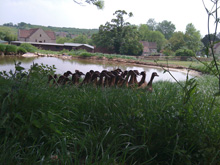
The advice hub Respiratory Disease in Ducks
Cause
Most often respiratory disease in ducks is caused by a bacteria called Riemerella. The bacteria is either inhaled or the bird are infected through cuts on their feet. The bacteria infects the brain (Meningitis), the joints (lameness), the oviducts and the respiratory system. The infection can cause severe damage to the oviduct meaning that it cannot take the eggs from the ovary to the vent resulting in internal laying.

Although the eggs will be absorbed, they are often laid faster than the absorption rate so egg yolks will build up in the abdomen. This makes it hard for the ducks to breathe causing them to stand upright like penguins to take pressure off their respiratory system. This mass of yolks is easily infected and can go on to cause peritonitis which is usually fatal.
The disease commonly affects ducklings, older birds are less vulnerable.
What to look out for
- Sneezing
- Runny nose and eyes
- Lameness
- Dullness
- Diarrhoea
- Twisted heads
Diagnosis
Diagnosis is based upon swabs taken by your vet to look for the bacteria.
Treatment
Your vet is likely to prescribe antibiotics but it is important to note that many ducklings fail to recover and those that do survive may have stunted growth.
If a duck becomes an internal layer your vet may suggest the use of a hormonal implant to stop her laying.
Prevention
Once on a site it is hard to get rid of the bacteria.
You can reduce the chances of your ducklings getting the disease by keeping the house, run and pond as clean as possible (this is not easy as ducks are experts at making a mess). Use Interkokask as it is an ideal disinfectant for the housing.


